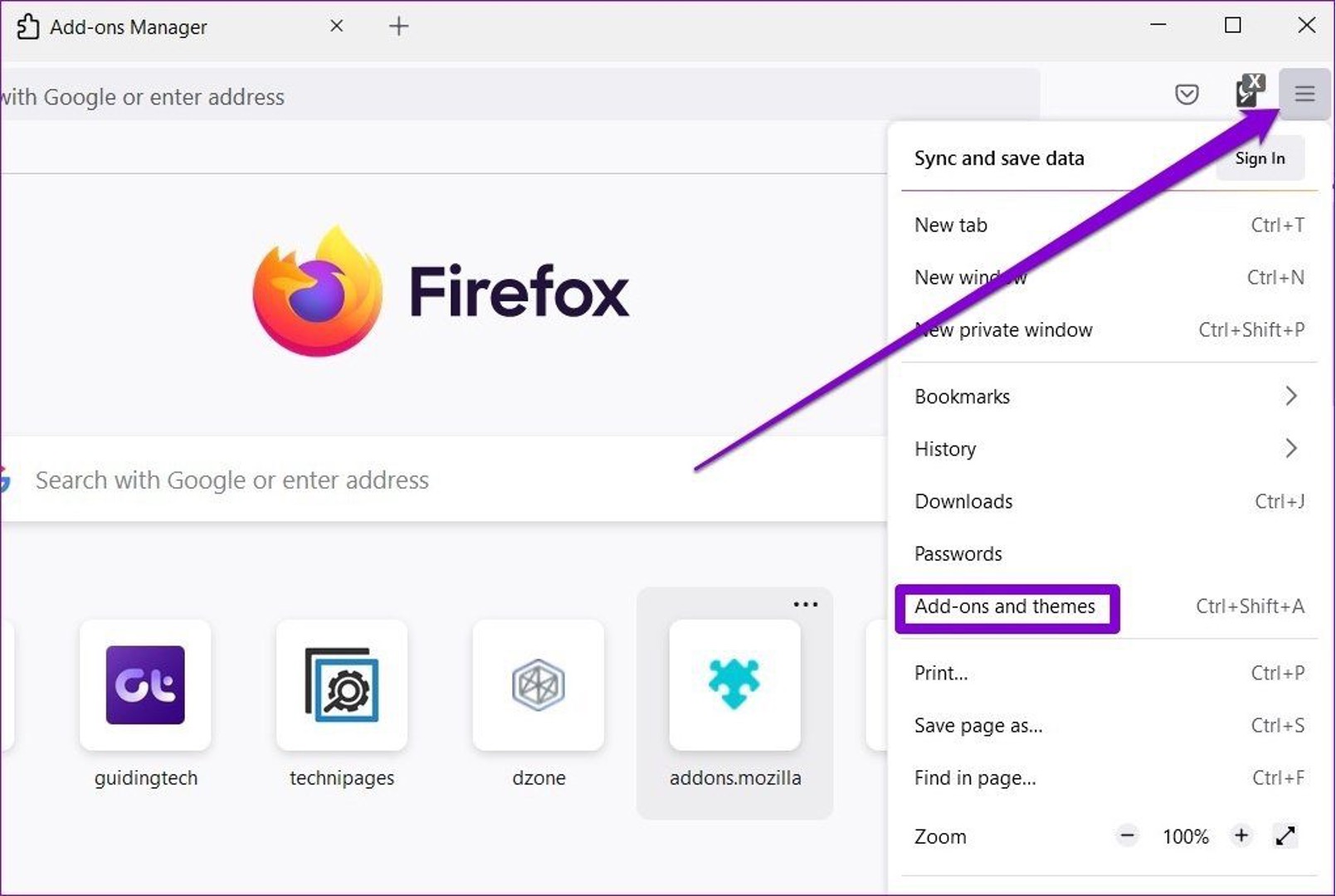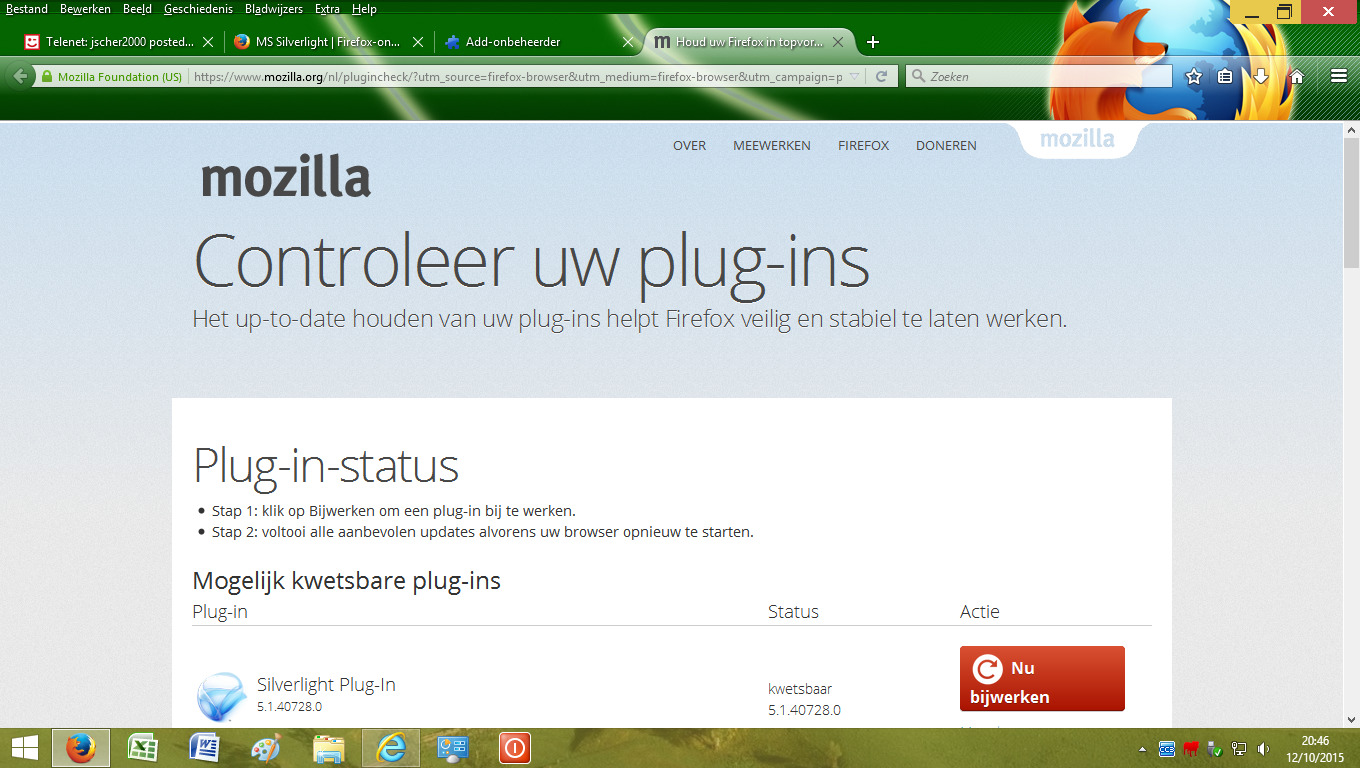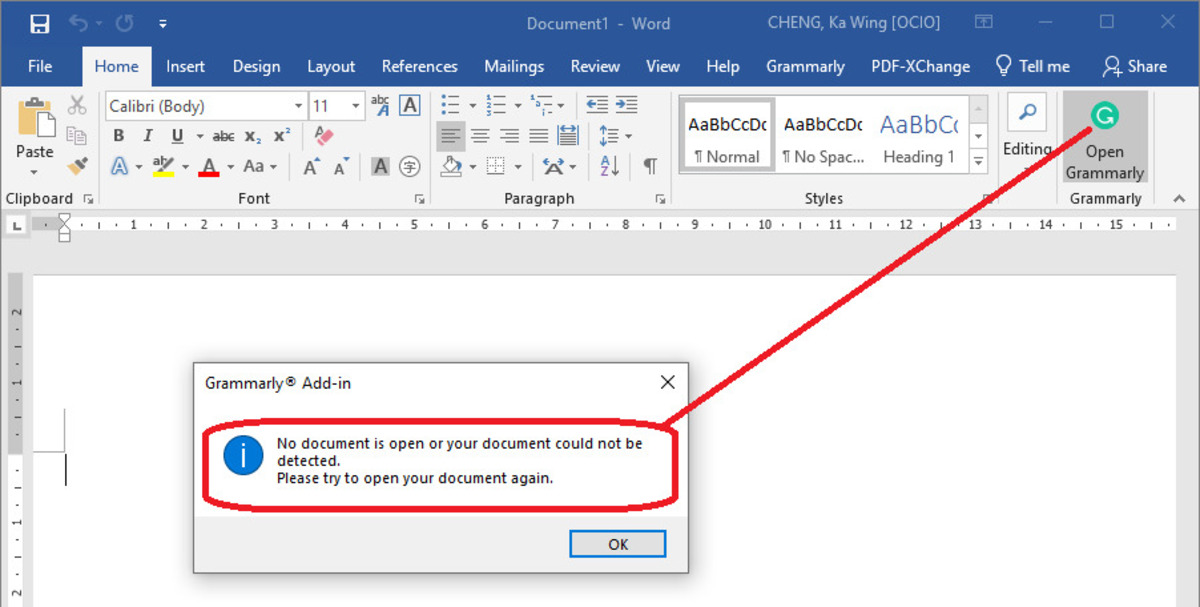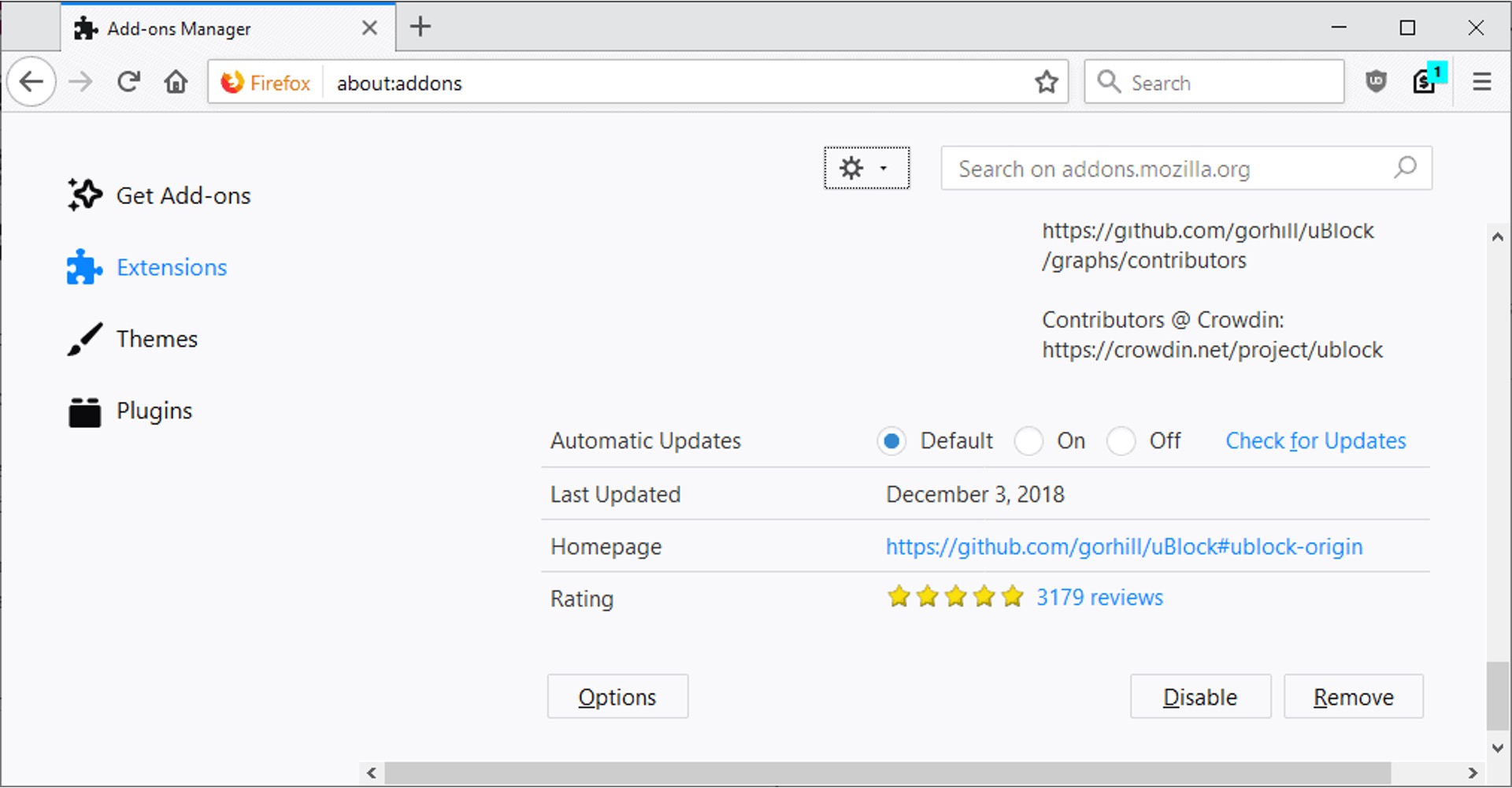Downloading Firefox
To begin the process of reinstalling Firefox, the first step is to download the latest version of the browser. This ensures that you have the most up-to-date and secure version of Firefox installed on your device. Here's a step-by-step guide to downloading Firefox:
-
Open Your Current Browser: Start by launching your current web browser, whether it's Firefox, Chrome, Safari, or any other browser you have installed on your device.
-
Navigate to the Firefox Website: In the address bar, type in "www.mozilla.org" and press Enter. This will take you to the official website of Mozilla, the organization behind Firefox.
-
Access the Download Section: Once on the Mozilla website, navigate to the "Firefox" section, usually located in the top menu or on the main page. Look for a prominent button that says "Download Firefox" or something similar.
-
Choose Your Operating System: Click on the download button, and you will be prompted to select your operating system. Firefox is compatible with various operating systems, including Windows, macOS, and Linux. Select the appropriate option for your device.
-
Initiate the Download: After selecting your operating system, the download should begin automatically. If not, look for a secondary download button or link to start the process.
-
Wait for the Download to Complete: Depending on your internet connection speed, the download may take a few moments to complete. Once the download is finished, you are ready to proceed with the next steps of the reinstalling process.
By following these simple steps, you can easily download the latest version of Firefox and prepare for the subsequent stages of the reinstallation process. With the updated browser file now on your device, you are one step closer to enjoying a fresh and optimized browsing experience with Firefox.
Uninstalling Firefox
Uninstalling Firefox is a straightforward process that involves removing the existing installation of the browser from your device. Whether you are experiencing technical issues, seeking a clean reinstallation, or simply looking to switch to a different browser temporarily, properly uninstalling Firefox is essential. Here's a detailed guide on how to uninstall Firefox from your computer:
-
Open the Control Panel: Begin by accessing the Control Panel on your Windows computer. You can do this by clicking on the Start menu and typing "Control Panel" in the search bar. Once the Control Panel option appears, click to open it.
-
Navigate to Programs and Features: Within the Control Panel, locate the "Programs" section, which contains the "Programs and Features" option. Click on "Programs and Features" to access the list of installed programs on your computer.
-
Locate Firefox in the Program List: In the list of installed programs, scroll through the entries to find "Mozilla Firefox." Once you have located Firefox, click on it to select the program.
-
Initiate the Uninstall Process: After selecting Firefox, look for the "Uninstall" option, typically located at the top of the program list window. Clicking on "Uninstall" will prompt a confirmation dialog to appear, asking if you are sure you want to uninstall Firefox.
-
Follow the Uninstall Wizard: Upon confirming the uninstallation, an uninstall wizard will guide you through the process. This may include prompts to confirm your decision, as well as options to retain or remove browsing data and settings. Follow the on-screen instructions to proceed with the uninstallation.
-
Complete the Uninstallation: Once the uninstall wizard has completed its process, Firefox will be removed from your computer. You may be prompted to restart your device to finalize the uninstallation.
By following these steps, you can effectively uninstall Firefox from your Windows computer. It's important to note that the process may vary slightly depending on your operating system and the specific version of Firefox you are using. If you encounter any difficulties during the uninstallation process, you can refer to Mozilla's official support resources for additional guidance.
Uninstalling Firefox allows you to prepare for a fresh installation or explore alternative browsing options. Whether you are troubleshooting technical issues or simply seeking a change, properly uninstalling Firefox sets the stage for a seamless reinstallation or transition to a different browser.
Reinstalling Firefox
After successfully uninstalling Firefox from your computer, the next step is to reinstall the browser to restore a secure and optimized browsing experience. Reinstalling Firefox involves obtaining the latest version of the browser and setting it up on your device. Here's a comprehensive guide on how to reinstall Firefox:
-
Download the Latest Version: Visit the official Mozilla website at www.mozilla.org to access the latest version of Firefox. Look for the prominent "Download Firefox" button and select the appropriate version for your operating system, whether it's Windows, macOS, or Linux.
-
Initiate the Installation: Once the download is complete, locate the Firefox installation file in your device's downloads folder or the location where you saved the file. Double-click on the file to start the installation process.
-
Follow the Installation Wizard: The Firefox installation wizard will guide you through the setup process. You may be prompted to confirm the installation and choose your preferred settings. Follow the on-screen instructions to proceed with the installation.
-
Choose Installation Options: During the installation, you may have the option to customize certain settings, such as the installation directory and shortcuts. You can choose to import bookmarks, history, and other data from other browsers if desired.
-
Complete the Installation: Once the installation process is finished, you will receive a confirmation that Firefox has been successfully installed on your device. You may also be given the option to launch Firefox immediately.
-
Customize Firefox (Optional): After reinstalling Firefox, you can customize the browser to suit your preferences. This may include setting a custom homepage, installing add-ons and extensions, and configuring privacy and security settings.
By following these steps, you can effectively reinstall Firefox on your device, ensuring that you have the latest version of the browser with all the necessary settings configured to your preference. Reinstalling Firefox not only resolves any issues you may have encountered with the previous installation but also provides an opportunity to explore new features and enhancements introduced in the latest version.
Reinstalling Firefox is a fundamental process that allows you to maintain a secure and efficient browsing environment. Whether you are reinstalling Firefox to address technical issues or simply ensuring that you have the most up-to-date version of the browser, following these steps will help you seamlessly reintegrate Firefox into your digital experience.
Restoring Bookmarks and Settings
Restoring bookmarks and settings is a crucial step after reinstalling Firefox, as it allows you to seamlessly regain access to your saved bookmarks, browsing history, and personalized browser configurations. By following the steps outlined below, you can efficiently restore your bookmarks and settings, ensuring a smooth transition back to your familiar browsing environment.
Restoring Bookmarks
-
Access the Bookmarks Library: Open Firefox and click on the "Library" icon located in the toolbar. From the drop-down menu, select "Bookmarks" and then click on "Show All Bookmarks." This will open the Bookmarks Library, where you can manage and organize your bookmarks.
-
Import Bookmarks: Within the Bookmarks Library, click on the "Import and Backup" button. From the options provided, select "Import Data from Another Browser." This will initiate the process of importing bookmarks from other browsers installed on your device, such as Chrome or Safari.
-
Restore Bookmarks from Backup: If you had previously created a backup of your bookmarks, you can restore them by selecting "Restore" from the "Import and Backup" menu. Choose the backup file containing your bookmarks and follow the prompts to complete the restoration process.
Restoring Settings
-
Access the Settings Menu: Click on the three horizontal lines in the upper-right corner of the Firefox window to open the main menu. From the menu, select "Options" to access the browser settings.
-
Restore Default Settings: If you prefer to start with a clean slate, you can choose to reset Firefox to its default settings. Within the "Options" menu, navigate to the "General" tab and scroll down to find the "Firefox Updates" section. Here, you can click on "Restore to Default" to reset your settings.
-
Reconfigure Preferences: To restore specific settings and preferences, such as homepage, search engine, and privacy settings, navigate through the various tabs within the "Options" menu. You can customize these settings to align with your browsing habits and preferences.
By following these steps, you can effectively restore your bookmarks and settings in Firefox, ensuring that your personalized browsing experience is seamlessly reinstated. Whether you rely on a comprehensive collection of bookmarks for work or leisure, or have specific browser settings tailored to your needs, restoring these elements allows you to pick up where you left off before the reinstallation.
Restoring bookmarks and settings in Firefox is a pivotal aspect of the reinstallation process, as it empowers you to maintain continuity in your browsing activities. By leveraging the built-in tools and options provided by Firefox, you can effortlessly reintegrate your bookmarks and settings, enabling a smooth and familiar browsing experience.

























